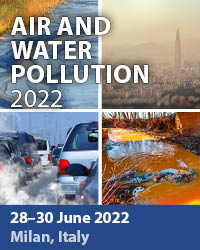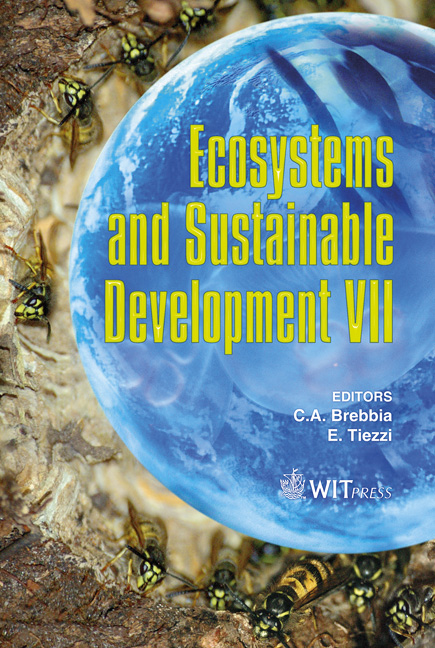Integrating Human And Natural Systems Sustainably: Emergy Evaluation And Visualization Of The Abruzzo Region
Price
Free (open access)
Transaction
Volume
122
Pages
6
Page Range
273 - 278
Published
2009
Size
995 kb
Paper DOI
10.2495/ECO090261
Copyright
WIT Press
Author(s)
R. M. Pulselli, P. Romano, D. Bogunovich & F. M. Pulselli
Abstract
This paper presents an environmental accounting method, based on Odum’s systems theory. So-called emergy analysis (spelled with an M) was here applied for evaluating sustainability of the Abruzzo Region, a large area in the middle of Italy along east coast. This study attempts to answer questions concerning: globalization (strong competition among regional and national systems, outsourcing of productive activities), energy (growth of consumptions, cost and lack of resources), territorial disequilibrium (concentration of activities and environmental impacts) and use of resources (renewable and non renewable). The aim of this research is to study a territorial system and to verify potentiality and contribution that this environmental accounting technique provides to manage and to program the future development. In particular this study aims to understand the functioning of a region based on the analysis of stocks and flows of energy and matter inside the examined area, investigating their spatial distribution and their relationships with geo-morphological structure of territory. This study further evaluates the use of local resources and aims to understand the relationships among the different parts of a territorial systems, their level of autonomy in terms of resource use and their effective spatial boundaries, which usually do not correspond to the administrative limits. The study also attempts to present the evaluation in an easily comprehensible graphic manner as digital maps. Keywords: environmental accounting, urban metabolism, emergy evaluation, spatial patterns, emergy geography.
Keywords
environmental accounting, urban metabolism, emergy evaluation, spatial patterns, emergy geography





